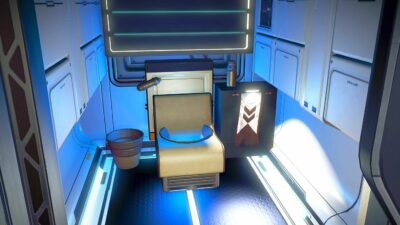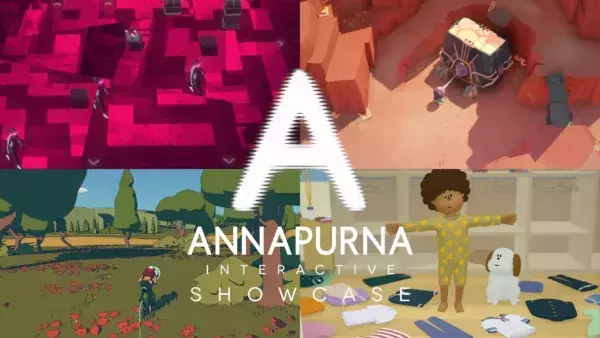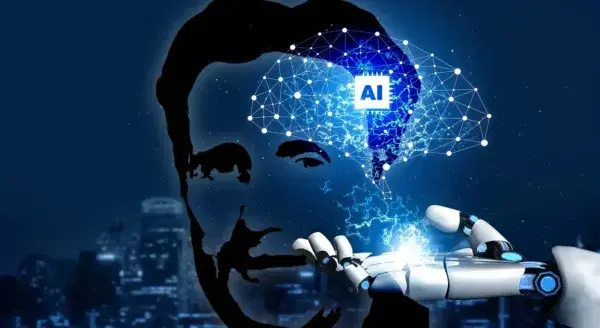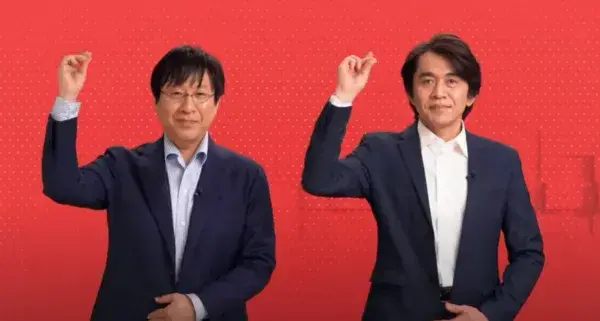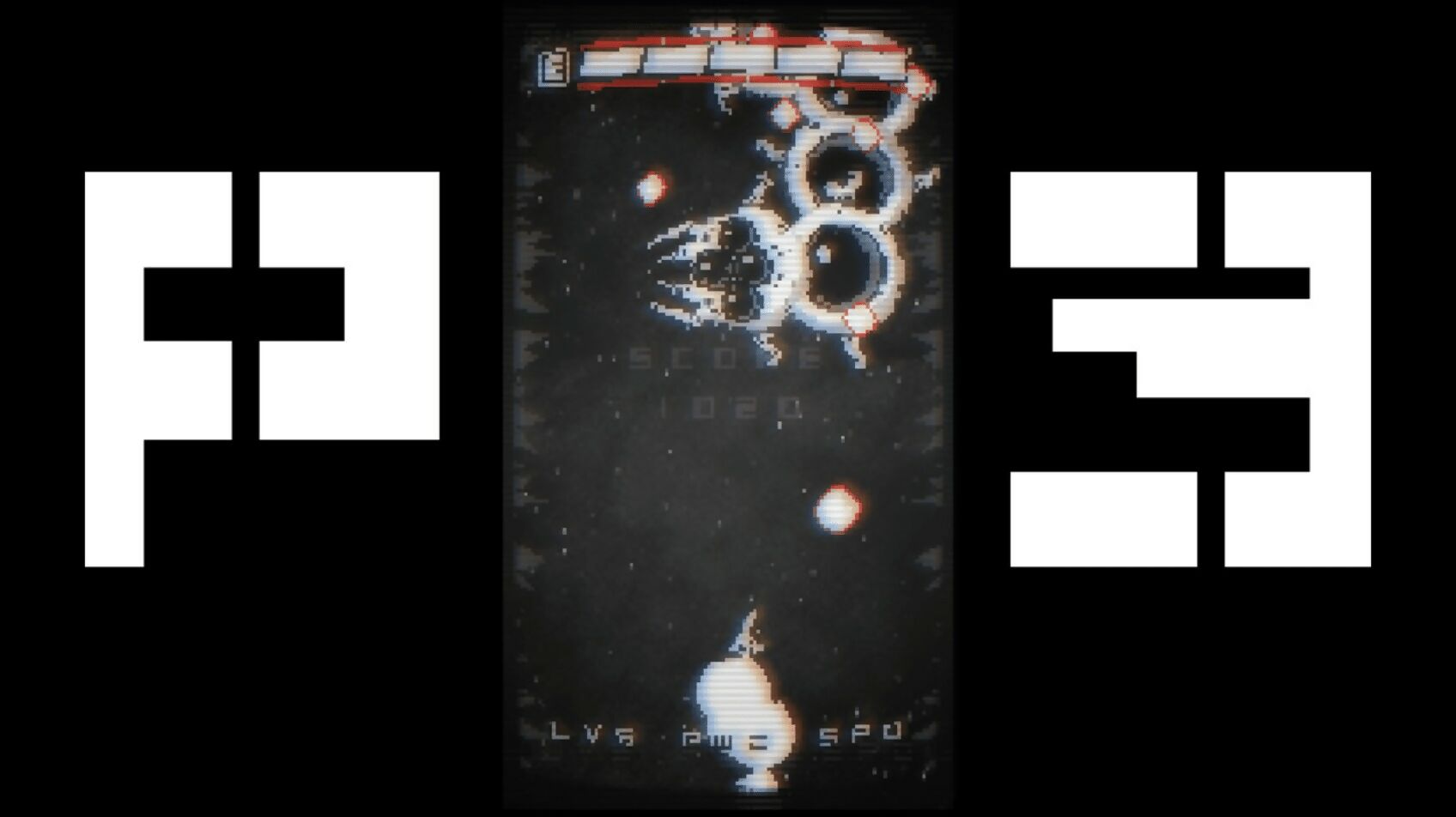
If you’ve played any of Sucker Punch Productions’ games, you’ll almost certainly have spied some of Sooyun Jang’s work. As a character animator, Jang worked on Ghost of Tsushima’s wonderfully fluid combat sequences, for example – so if you ever marvelled at its graceful swordplay, you partly have him to thank.
Away from the big budgets and complex character models of the triple-A industry, meanwhile, Jang’s been working on a very different beast. P.3 is a hectic vertical shooter with a unique two-button control mechanic: pressing left and right will fire a regular laser, while pressing both buttons at the same time will fire a more powerful charge shot. It’s a streamlined system that ensures you’re always on the move – when you aren’t blasting waves of enemies, you’re navigating your way through winding passageways, avoiding obstacles, and ultimately, fighting huge end-of-level bosses.
P.3 emerged for PC and mobile in 2019, but received a port to the Switch in April this year, with the latter handled by publisher RedDeerGames. “As a hardcore video gamer, I’ve had a dream of seeing my game in the [eShop],” Jang tells us. “I just had to provide assets for the game – they’ve done all the porting, paperwork, and releasing.”

A counter at the top of the screen tells you how many more enemies you have to kill before you next level up
Before all that, though, Jang faced the tricky task of prototyping and developing P.3 in his spare time. “I have a day job and a family,” Jang tells us. “It was really hard to do work again after the day job was done, and I had to spend some time with family too, so I decided to spend a few hours making my own game every day after my wife went to bed – otherwise I wouldn’t have been able to make the game.”
Inspired by the arcade games he played as a youth, Jang decided to make his first solo project a shoot-‘em-up, and began experimenting with various ideas and mechanics – one saw the player control two ships at the same time; another restricted the player’s movement to acceleration and deceleration. Eventually, Jang settled on the two-button controls we see in the finished P.3, which was soon joined by a system where you gain XP by shooting down enemies – and as you gain XP, your weapons will grow ever more powerful.

Aside from other shooters, P.3 draws on Downwell for both its monochrome visuals and its power-up system, Jang says
Shoot the core
P.3’s distinctive visuals – all monochrome, splashes of red, and shimmering cathode ray
tube effects – were also a creative solution to one of Jang’s limitations: he had little experience drawing pixel art. “I knew I didn’t have enough skill making sprites in full colour since I was pretty new to drawing them,” he says. “So it was decided early in development to go with monochrome and a classic CRT effect.” Those splashes of crimson were also a “natural choice”, he adds, since they contrast cleanly with the black-and-white sprites and help emphasise things like bullets and enemy attacks.
When asked about reference points for P.3, Jang cites some of the classics you’d expect, such as R-Type and Ikaruga. But he also name-drops some deeper shoot-‘em-up cuts, including Air Buster (which influenced P.3’s second stage, he says), Konami’s Gradius spin-off, Salamander, while Eighting’s 1996 vertical shooter Terra Diver (also known as Soukyugurentai) provided the basis for some of Jang’s boss battles. “Actually, designing the boss fights were way more fun than designing stages,” he says. “I wanted the first boss to be simpler than others, so anyone can defeat it… I wanted to make sure there’s a reward after defeating it to give you some kind motivation. I can say my favourite is the second boss, which looks like a centipede mech. I always loved to see this type of enemy in games when I was young, so I definitely wanted to add one to my game. I like the way it moves.”

P.3, then, is one of a growing armada of genre entries made by indie developers. The humble shoot-‘em-up may have long since been abandoned by mainstream studios, but designers like Jang are keeping the flame alive with smaller, lovingly crafted titles like this.
“There are no big companies interested in developing or making games in this genre anymore,” Jang concurs. “But that’s understandable, too – the game industry isn’t the same as it used to be, and trends have changed. But thankfully, there are still fans and people waiting for shoot-‘em-up genre games. I’ve seen many fine shoot-‘em-ups released by indie developers recently. A VR shoot-‘em-up could be fun!”
Tooled up
Since Jang came from the animation side of the games industry, he had little programming experience, and had to learn several new skills as he went along. “Like many other new game developers, learning a programming language and game design was a challenge,” he says. “Many times, I was stuck designing the game – many prototypes were thrown out.” Thankfully, using GameMaker Studio meant that he could experiment with his ideas without getting bogged down in reams of code. “It’s great for beginners,” Jang says, “and there’s many good resources out there, too. For the sprites, I’ve used both GraphicsGale and GameMaker Studio’s own sprite tool – GraphicsGale is free now. I’ve also used GoldWave for the sound.”


